The Netherlands by Motorhome
The below guide has been written based on our experiences touring The Netherlands by motorhome and will hopefully give you a good idea of what it’s like to travel there. However, things do change, so before you set off it’s worth checking for up to date travel information from the Foreign Office website, and the latest driving regulations on the AA website. At the bottom of the guide we’ve added links to our daily updates while we were in The Netherlands, so you can live the adventure with us.
General Information
Country – The Netherlands
Capital city – Amsterdam, 240 miles from Dover
Currency – Euro
Languages – Dutch, Frisian but English is widely spoken
Visa requirements – Part of the EU so visas not required for EU citizens.
Borders – Part of Schengen zone. No border formalities with other Schengen zone countries.
Telephone country code – 31
Emergency numbers – 112 EU wide hotline
Our visits
August/September 2012
Duration – 8 days
Route – Crossed border from Germany near Groningen, travelled west to Den Helder then south just inland from the coast to Delft from where we visited Den Haag. Then travelled south east towards Eindhoven finally crossing in Belgium just south of there.
Miles driven – 356
Average daily spend – €56.99
Average spend on overnight stops – €7.36 (4 free nights – 1 wild camp, 2 free aires, 1 on friends drive, 4 paid nights – 1 paid aire, 3 camping cheque campsite)
Costs
Diesel
Diesel €1.43 – €1.54. Shell fuel stations on the motorways only listed two prices – Euro and Diesel, we never filled up there as motorway fuel was more expensive than towns but we assume Euro is unleaded. Diesel was cheaper in The Netherlands than Germany, so fill up before crossing the border if you’re going that way.
LPG
€0.72 LPG is everywhere. Most petrol stations in towns and about every other one on the motorway sell it. The fitting was the UK Bayonet type and the pumps were generally self service.
Eating out
Restaurants seemed quite expensive to us so we didn’t eat a meal out in any of them as we were only in the country a short time.
- A meal deal fish and chips in a pub in The Hague €6.50
- Half a strongbow in a pub in The Hague €2.40
- 2 x super-sized fresh Stroopwaffles in town market (if you see them you must try them!) €2.40
- Ice creams ( cone and one scoop) €1.00
Supermarkets – supermarkets used C1000 and Lidl. Lidl only accepted Visa Pay so we had to use cash to pay for our goods. Most are closed on Sundays and some shops also shut on Monday mornings.
To buy spirits you need to go to an off licence, they only sell beer, wine, sherry, port and Advocat in supermarkets. Some drinks bottles have a pfand (deposit) on them, glass and plastic – generally around 25c a bottle, which is claimed by taking the bottles to a machine in the supermarket. We didn’t have any bottles to return so don’t know if the scheme is like Germany where you need to take them back to the same chain of stores (doesn’t have to be the same store, but you can’t take back Lidl bottles to Aldi, the machine just spits them back at you).
- 1l UHT milk €0.45
- Loaf of bread €0.99
- 125g mozzarella ball €0.49
- 1l still bottled water €0.40
- 500ml can of Graffemwald pils beer €0.45
- 1l carton of wine €1.99
- 100g budget chocolate bar €0.39
Travel
Fuel
Unleaded and diesel are widely available. LPG is available at almost all petrol stations and often self service. When filling with LPG you will need the British Bayonet type connector.
Tolls / Vignette
No vignette required. The motorways are all toll free and well maintained.
Road regulations – the ones we know of!Traffic drives on the right and overtakes on the left, so you need to ensure your headlights are deflected either with stick on adapters or duct tape. Seat belts must be worn by driver and all passengers and children under 12 are not allowed to sit in the front seats.
You must carry an emergency warning triangle. A first aid kit, fire extinguisher and high visibility jackets are recommended. Studded tyres are forbidden. Distances are all in kilometres, and so are speed limited. As you enter a town (passing the yellow name sign) the urban speed limit of 50kph applies, unless otherwise stated, until you are out of the town, this is marked by another yellow sign with a red line through it.
Cyclists rule the road here. Cycle paths run alongside, or as part of pretty much every road. They also seem to have priority crossing roads and at junctions. You’ll see yellow diamond shaped signs, these mean that you have priority over other vehicles. If there isn’t one of these signs, or you see one with a black line through it, you no longer have priority, traffic from the right does – this is usually on approaches to roundabouts and in some residential areas. Traffic lights go straight from red to green, there is no red/amber to warm you that you’re about to go. When turning right at traffic lights beware as pedestrians and cyclists crossing the road have priority over you.
When parking we discovered that you often need a parking timer so the traffic warden knows how long you have been there, as many are limited to a couple of hours. We started by scribbling our parking time on a piece of paper and bought a timer when we saw one at a service station, however we’ve been told many Tabacs (newsagents) or Tourist Informations (VVV in The Netherlands) will give you one for free if you ask.
Road conditions
We mainly used the free motorways to get around and were reminded of home by the volume of traffic as we got towards Amsterdam and Rotterdam. All road signs are blue, not just motorway ones. Where we encountered roadworks, black sticky tape was used to cross out the route that was closed.
There are hundreds of waterways for the traffic to navigate around, sometime a tunnel will go under an aquaduct, but don’t be surprised if a bell starts to ring, lights flash, barriers come down and the road on the bridge in front of you lifts up – even on a 12 lane motorway! It happened to us and caused a queue over 3km long, but no one got annoyed or road rage, it’s just the way of life here.
Standard of driving
On the motorway the standard of driving is generally very good, we only experienced one muppet making a very, very last minute lane change decision which caused Dave to brake suddenly.
Drivers have to be good to contend with the sheer number of cyclists, they seem to have priority over everything, and if you hit one it’s at least a €50 fine no matter how minor the damage.
Overnight stops
Aires/Service points
It’s worth investing in a book or database to lead you to the overnight parking places as they are quite spread out (some were signposted, others not you have to know they are there). We did find a few free ones but these were generally just a section of a park and ride (Transferrium) with no services. We found Aires to generally be a fair way out of places as it’s assumed you’ll have a bike to cycle in on the dedicate paths, however we found that dogs were able to travel for free on all the buses we tried.
With so much water around there are loads of marinas, some of which offer overnight parking for motorhomes. The charge is €10 a night – we suspect a committee has set a countrywide rate irrespective of services provided.
We only stopped at one campsite and were technically in an aire outside of it but could use the facilities – this seems to be quite normal for short staying motorhomes – but each pitch in the aire part had electric hook up (blue European 3 pin plug), water and a TV aerial point. The showers were clean (if push button and a little chilly at peak times). The site took camping cheques and the location was spot on for visiting Rotterdam or The Hague so we stopped for three nights and took the opportunity to see the town of Delft too which was within walking distance.
Free / wild camping
We had read that wild camping is not tolerated in The Netherlands, so we always headed for an Aire or campsite, however one night we reached the Aire to find it was no longer there and no overnight sleeping signs had been put up. As we were a good few miles from the nearest town and there was another motorhome there we decided to stay anyway. The next morning we had a visit from armed customs guards who had pulled their boat up to the jetty next to us. They were there to check us out and make sure we weren’t smuggling people or drugs. They were really friendly and if we hadn’t been too busy panicking about the possibility of being arrested for parking in a naughty place we’d have offered them a cuppa.
Contact with home
Phone
Our mobile phone always found a signal in The Netherlands – call charges were around 30p to make and 10p to receive (per minute). Text messages are free to receive and around 10p to send.
Email/Internet
We found loads of open wifi hot spots. Most cafes, town halls, tourist information offices had one. All campsites seemed to offer it, but often charged a few euros for it.
Post
Post offices have an orange logo (like most things in The Netherlands) and are open Monday – Friday 9am – 5pm and some open on Saturday mornings. We didn’t have a need to use one.
Read our daily updates
At the bottom of each daily update there is a link to take you forward to the next day or back to the previous. The link below will take you to the first day that we entered The Netherlands.
The Netherlands – August/September 2012


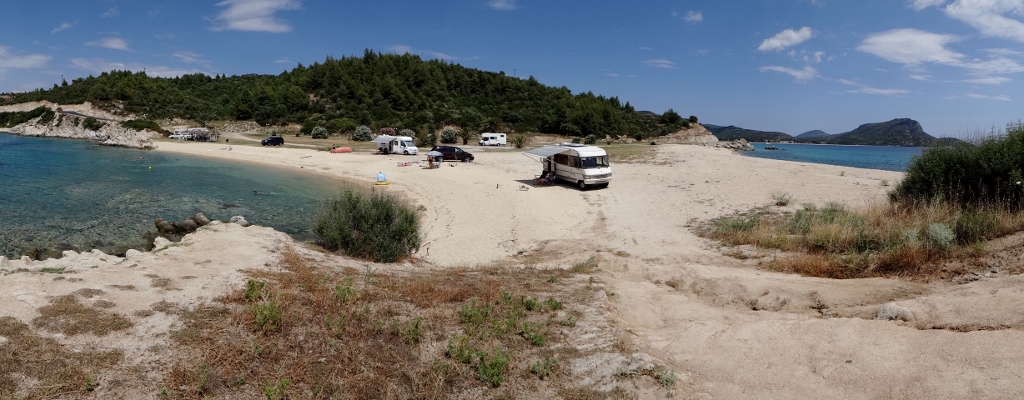
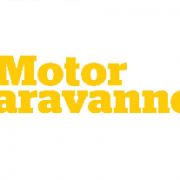
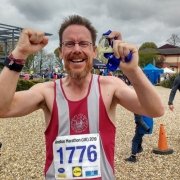

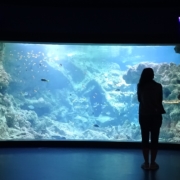

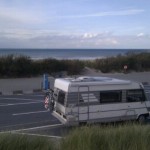
Leave a Reply
Want to join the discussion?Feel free to contribute!